How to Measure Zodiac Sign Compatibility: Your Comprehensive Guide to Astrology Compatibility
In the fascinating world of astrology, understanding zodiac sign compatibility can provide insights into your romantic connections. Each zodiac sign is associated with one of four elements: fire, air, water, or earth. These elements play a crucial role in determining which signs are most compatible with each other.
Let’s break down zodiac compatibility based on these elements:
Fire Signs (Aries, Leo, Sagittarius)
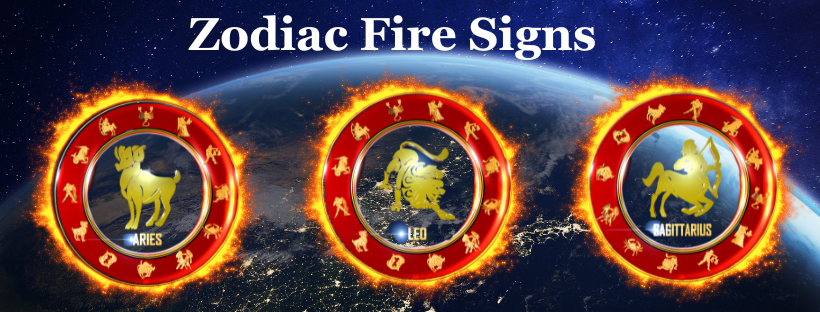
Aries (March 21 – April 19): Aries individuals are known for their impulsive and competitive nature. They thrive when partnered with fellow fire signs (Leo and Sagittarius) and air signs (Gemini, Libra, and Aquarius).
Leo (July 23 – August 22): Leos are confident and love to be in the spotlight. They connect well with fellow fire signs (Aries and Sagittarius) and air signs (Gemini, Libra, and Aquarius).
Sagittarius (November 22 – December 21): Sagittarians are adventurous and free-spirited. They seek compatibility with fellow fire signs (Aries and Leo) and air signs (Gemini, Libra, and Aquarius).
Water Signs (Cancer, Scorpio, Pisces)
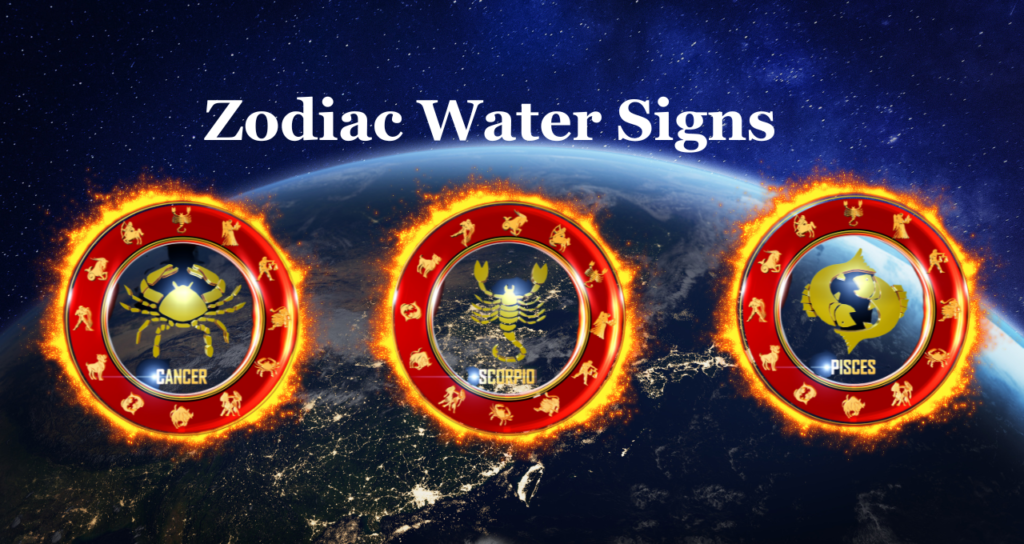
Cancer (June 21 – July 22): Cancerians are nurturing and sensitive. They form strong connections with fellow water signs (Scorpio and Pisces) and earth signs (Taurus, Virgo, and Capricorn).
Scorpio (October 23 – November 21): Scorpios are intense and passionate. They find compatibility with fellow water signs (Cancer and Pisces) and earth signs (Taurus, Virgo, and Capricorn).
Pisces (February 19 – March 20): Pisceans are compassionate and artistic. They connect well with fellow water signs (Cancer and Scorpio) and earth signs (Taurus, Virgo, and Capricorn).
Air Signs (Gemini, Libra, Aquarius)
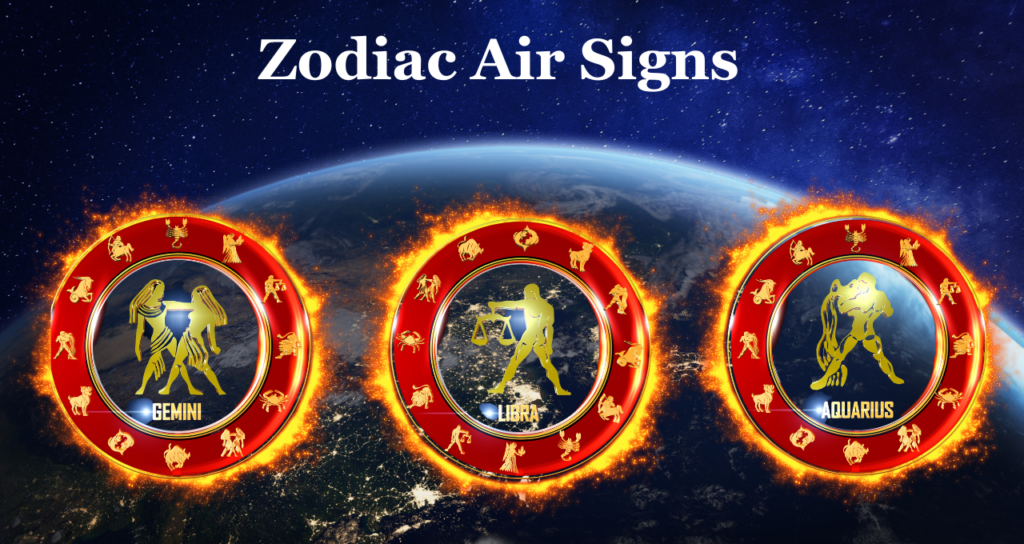
Gemini (May 21 – June 20): Geminis are witty and intellectually driven. They seek compatibility with fellow air signs (Libra and Aquarius) and fire signs (Aries, Leo, and Sagittarius).
Libra (September 23 – October 22): Libras are sociable and diplomatic. They connect well with fellow air signs (Gemini and Aquarius) and fire signs (Aries, Leo, and Sagittarius).
Aquarius (January 20 – February 18): Aquarians are independent and innovative. They find compatibility with fellow air signs (Gemini and Libra) and fire signs (Aries, Leo, and Sagittarius).
Earth Signs (Taurus, Virgo, Capricorn)
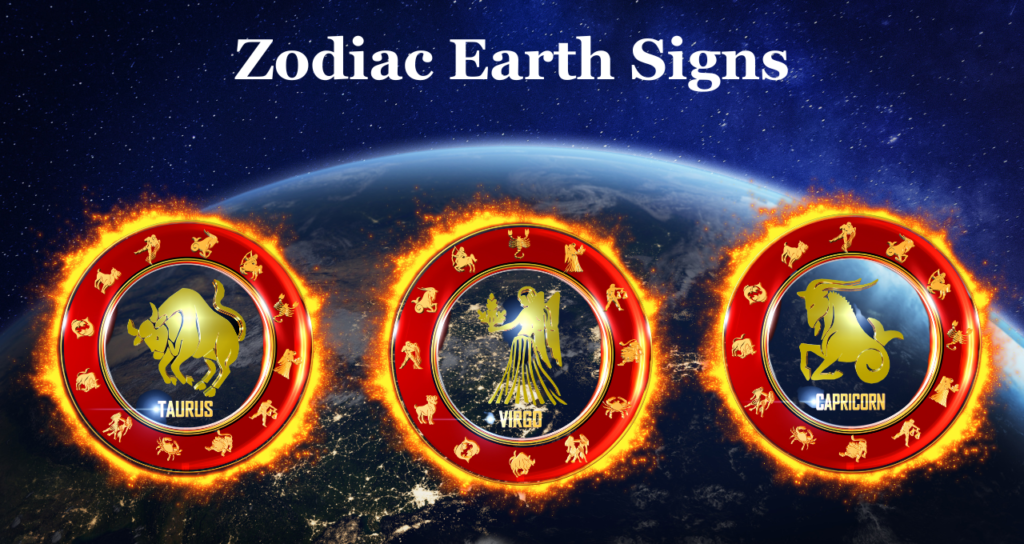
Taurus (April 20 – May 20): Taureans are practical and loyal. They seek compatibility with fellow earth signs (Virgo and Capricorn) and water signs (Cancer, Scorpio, and Pisces).
Virgo (August 23 – September 22): Virgos are caring and detail-oriented. They form strong connections with fellow earth signs (Taurus and Capricorn) and water signs (Cancer, Scorpio, and Pisces).
Capricorn (December 22 – January 19): Capricorns are responsible and ambitious. They find compatibility with fellow earth signs (Taurus and Virgo) and water signs (Cancer, Scorpio, and Pisces).
Now, as we have a foundation in the elements, it’s time to explore a fascinating concept in astrology that adds a layer of complexity to compatibility: cosmic polar pairs.
Cosmic Polar Pairs: When Opposites Attract
In astrology, cosmic polar pairs refer to signs that, while having different elements, share the same modality. The modalities in astrology are cardinal, fixed, and mutable. Signs with the same modality often possess similar personality traits and values, even though their elements differ. This shared modality creates a magnetic attraction and a unique cosmic bond.
Let’s explore the cosmic polar pairs:
- Aries (Cardinal Fire) and Libra (Cardinal Air): Aries, the trailblazer, and Libra, the harmonizer, may seem like opposites, but their cardinal nature drives them both to take initiative. Aries initiates action, while Libra initiates balance and diplomacy.
- Taurus (Fixed Earth) and Scorpio (Fixed Water): Taurus, the steadfast earth sign, pairs with Scorpio, the intense water sign. Both are fixed in their determination and loyalty, making for a powerful and unyielding connection.
- Gemini (Mutable Air) and Sagittarius (Mutable Fire): Gemini, the adaptable communicator, finds a kindred spirit in Sagittarius, the adventurous explorer. Their mutable nature allows them to embrace change and new experiences together.
- Cancer (Cardinal Water) and Capricorn (Cardinal Earth): Cancer, the nurturing caregiver, and Capricorn, the responsible achiever, may have different approaches, but their cardinality drives them both to achieve their goals, whether personal or professional.
- Leo (Fixed Fire) and Aquarius (Fixed Air): Leo, the confident leader, pairs with Aquarius, the innovative visionary. Both signs are fixed in their convictions, making them a dynamic duo when pursuing creative or humanitarian endeavors.
- Virgo (Mutable Earth) and Pisces (Mutable Water): Virgo, the practical healer, finds resonance with Pisces, the compassionate dreamer. Their mutable nature allows them to adapt to each other’s needs and bring balance to their relationship.
Cosmic polar pairs demonstrate that even when the elements are different, shared modalities can create a strong attraction and compatibility. This phenomenon highlights the richness and complexity of astrological relationships.
Table chart summarizing the compatibility between the zodiac signs based on their elements and cosmic polar pairs:
| Zodiac Sign | Element | Compatible Elements | Cosmic Polar Pair |
| Aries | Fire | Fire, Air | Libra |
| Taurus | Earth | Earth, Water | Scorpio |
| Gemini | Air | Air, Fire | Sagittarius |
| Cancer | Water | Water, Earth | Capricorn |
| Leo | Fire | Fire, Air | Aquarius |
| Virgo | Earth | Earth, Water | Pisces |
| Libra | Air | Air, Fire | Aries |
| Scorpio | Water | Water, Earth | Taurus |
| Sagittarius | Fire | Fire, Air | Gemini |
| Capricorn | Earth | Earth, Water | Cancer |
| Aquarius | Air | Air, Fire | Leo |
| Pisces | Water | Water, Earth | Virgo |
Going Beyond the Sun Sign
While exploring zodiac sign compatibility is undeniably captivating, it’s essential to remember that astrology provides a holistic view of an individual’s personality. Your sun sign is just one facet of your astrological profile. Other factors, such as the moon’s placement, the positions of planets like Venus and Mars, and the rising sign or Ascendant, also influence compatibility.
The Moon’s Influence
In astrology, the moon represents emotions and inner feelings. When assessing compatibility, the moon’s placement is of paramount importance. Its sign, house, and aspects with other planets can reveal how well two individuals connect emotionally.
For example, a Cancer with a moon in Pisces may have a deep emotional connection with a Scorpio whose moon is also in Pisces, as both share a profound understanding of each other’s emotional needs.
Venus: The Planet of Love
Venus, the planet of love and relationships, plays a pivotal role in assessing compatibility. Its placement in your birth chart can reveal your approach to love, romance, and what you find attractive in a partner.
When two individuals have compatible Venus placements, they are likely to share similar values and desires in love. However, even if your Venus signs are different, a strong emotional connection can overcome these differences.
Mars: Energy and Libido
Mars represents energy, passion, and sexuality in astrology. When assessing sexual compatibility, the placement of Mars in your birth chart becomes crucial. It can reveal your sexual preferences, desires, and how you express your physical attraction.
Understanding your partner’s Mars placement can help enhance your intimate connection. While compatibility in this area is essential, effective communication and emotional connection are equally vital for a satisfying sexual relationship.
The Rising Sign or Ascendant
The rising sign, also known as the Ascendant, represents your outward personality and how you interact with the world. While your sun sign reflects your core essence, the rising sign shapes your first impressions and initial reactions to others.
When assessing compatibility, consider how your rising signs interact. While they don’t carry the same weight as sun signs, they can influence the dynamics of your relationship. Understanding your partner’s rising sign can help you navigate initial impressions and build a stronger connection.
Practical Astrology: A Tool for Enhancing Relationships
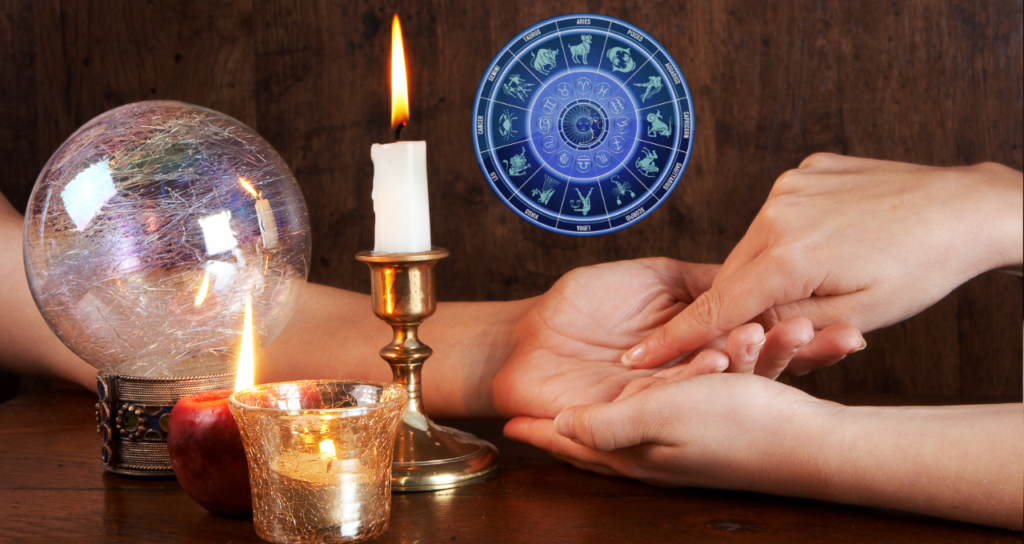
Astrology offers a unique lens through which you can better understand yourself and your partner. By delving into the complexities of your astrological profiles, you gain insights into your strengths, challenges, and areas of compatibility.
Here are some practical steps you can take to apply astrology to your relationships:
1. Birth Chart Analysis
Obtaining your complete birth chart, also known as a natal chart, is the first step in gaining a comprehensive understanding of your astrological profile. This chart provides detailed information about the positions of the planets at the exact time and place of your birth.
To create a natal chart, you’ll need your date, time, and place of birth. Numerous online resources and professional astrologers can generate your natal chart for you.
Once you have your natal chart, you can explore the positions of the moon, Venus, Mars, and the rising sign to gain deeper insights into your compatibility with a partner.
2. Synastry: Chart Comparison
Synastry is the practice of comparing two individuals’ natal charts to assess compatibility. This process involves analyzing the aspects (angular relationships) between planets in each person’s chart.
Common aspects to consider include conjunctions (when two planets are in the same sign and degree), sextiles (when planets are approximately 60 degrees apart), trines (when planets are approximately 120 degrees apart), and squares (when planets are approximately 90 degrees apart).
Positive aspects (conjunctions, sextiles, trines) indicate areas of harmony and shared energies, while challenging aspects (squares) suggest areas where conflicts or tension may arise.
Synastry provides valuable insights into how two individuals’ energies interact and where they can work together to strengthen their relationship.
3. Consult an Astrologer
For a more in-depth analysis of compatibility, consider consulting a professional astrologer. An experienced astrologer can provide personalized insights into your relationship dynamics by examining both partners’ birth charts.
During a consultation, an astrologer can identify key areas of compatibility and potential challenges. They can also offer guidance on how to navigate these dynamics for a more harmonious and fulfilling relationship.
4. Communication and Understanding
While astrology can offer valuable insights, it’s essential to remember that it’s just one tool in the toolkit of a healthy relationship. Effective communication, mutual understanding, trust, and shared values remain the cornerstones of a successful partnership.
Use astrology as a conversation starter with your partner. Explore your astrological profiles together and discuss how your strengths and differences can complement each other. This open dialogue can deepen your connection and strengthen your relationship.
The Real Power of Compatibility: Beyond the Stars
In conclusion, zodiac sign compatibility and astrology, in general, are powerful tools for self-discovery and enhancing relationships. By understanding the elements, exploring cosmic polar pairs, and delving into the intricacies of your astrological profiles, you gain valuable insights into the dynamics of your partnerships.
However, it’s crucial to remember that compatibility is not solely determined by astrology. While it can provide guidance and reveal potential areas of synergy or conflict, the strength of a relationship ultimately depends on the effort, commitment, and emotional connection between partners.

